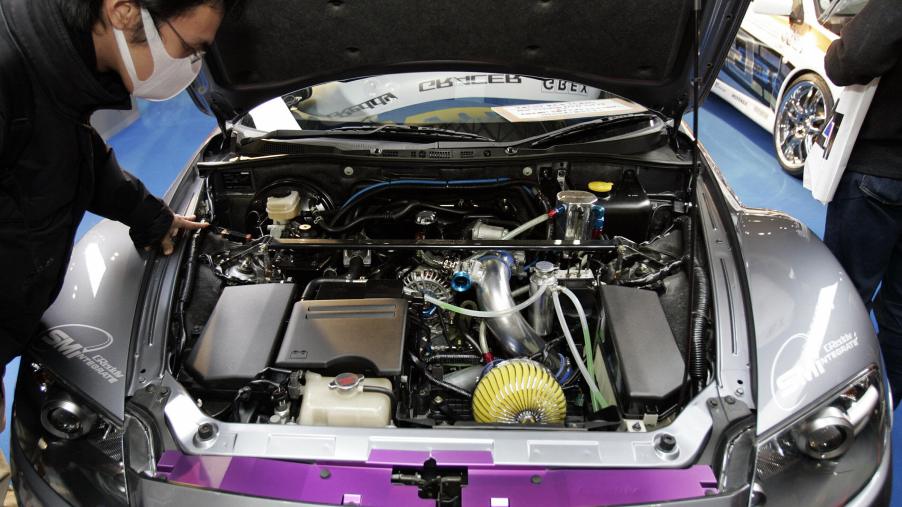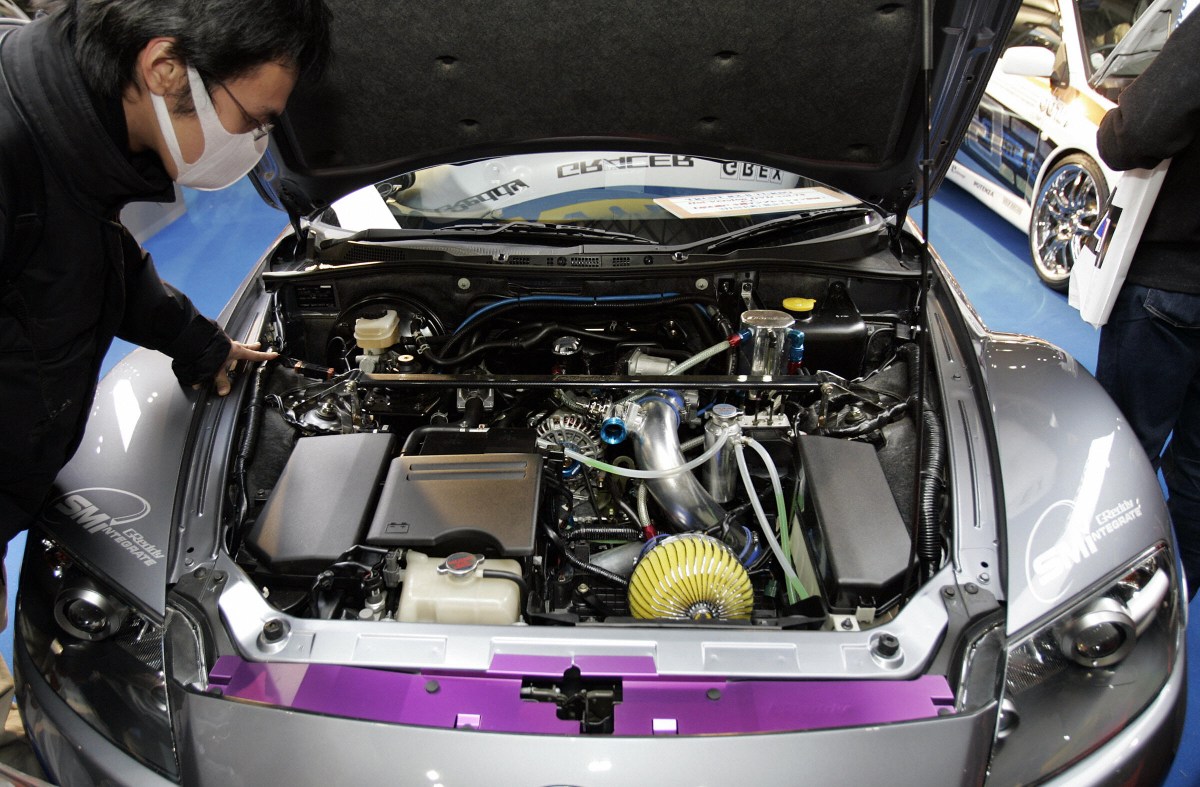
Rotary Engine Reliability Issues and How to Resolve Almost All of Them
Rotary engines are both unique and enticing to the enthusiasts that understand them. They aren’t as exciting as big blocks and LS engines, but they have a unique driving experience and sound that makes some car enthusiasts swoon. The rotary engine became popular with Mazda, particularly the Mazda RX-7 and RX-8 — both features in the Fast and Furious franchise. However, rotary engines are known for poor reliability. Fortunately, understanding common rotary engine problems makes them much easier to own and love.
Carbon deposits are one of the biggest problems rotary engines face

All internal combustion engines are faced with the issue of carbon deposits, which occur in the process of the combustion of gas. It’s a natural byproduct of the chemical reaction that even the most modern engines face. That said, it is a bigger reliability problem in rotary engines than it is in your standard combustion engine. Carbon build-up on the engine rotors can cause pre-ignition, which damages your engine over time — and it doesn’t take long.
Because gasoline has a fairly low ignition temperature, carbon buildup and the resultant change in internal engine pressure can easily cause pre-ignition in a rotary engine. This, in-turn damages the rotors and combustion chamber.
Pitting is another issue that can damage rotary engines
Rotary engines feature a ‘piston’ which is forged from cast iron and shaped like a rounded triangle. This piston, rather than moving up and down within a cylindrical housing, spins around a chamber. As it spins, it passes separate compartments in which the standard internal combustion process happens: intake, compression, combustion, and exhaust.
While traditional engines have piston rings to keep the oil and fuel away from each other, rotary engine reliability depends on apex seals. These seals sit at the points of the rounded triangular rotor, creating a seal between the rotor and combustion chamber. However, these seals wear out over time, allowing fuel and oil to mix. This creates added friction and heat, allowing preignition and physical wear.
Blown apex seals are a rotary-exclusive problem
If you’ve ever met someone who owns a rotary vehicle, chances are they will tell you about their apex seals. Really, the problem with blown apex seals seems to be unavoidable. It’s an issue almost every RX-7 and RX-8 engine has or will face. This is the most common failure owners experience, because the apex seals are a wear item. While the piston rings in a traditional engine should almost never need to be replaced, apex seals wear out comparatively quickly. That means keeping a keen eye on your mileage and preparing for new apex seals before your rotary engine develops a reliability problem.
Follow these tips to maintain your rotary engine
By keeping an eye on these problems, you can enjoy a rotary-powered sports car for years to come. And while these cars definitely need more careful maintenance than your typical engine, the looks you’ll get with an RX-7 at every car meet will be worth all of the apex seal swaps along the way.



